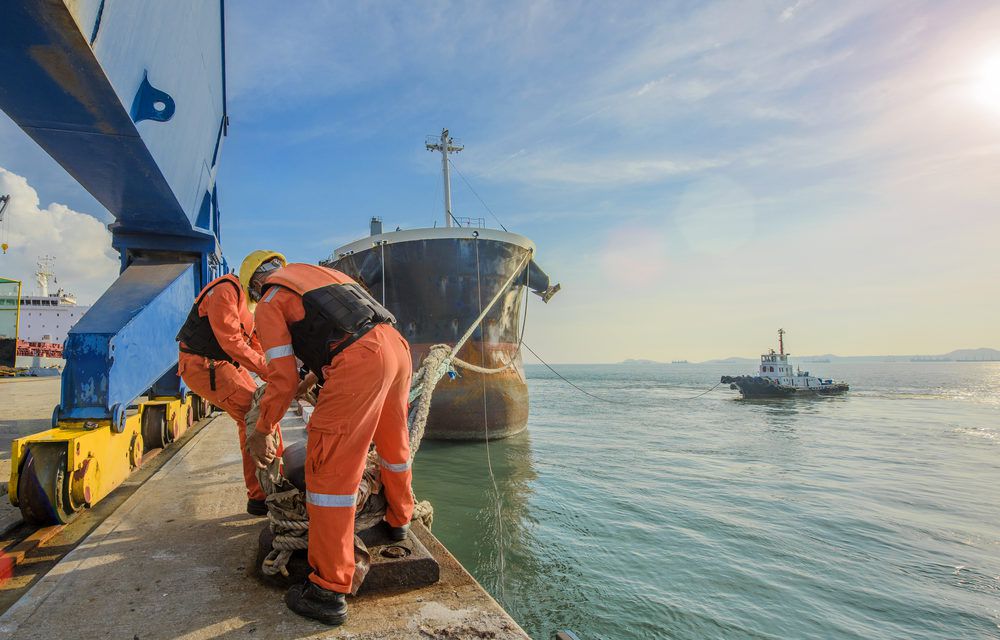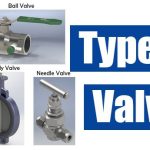
Mooring is an integral part of the transportation of cargo and is used to secure the ship at a particular location together with a floating object such as a jetty, pier, another ship or buoy by fastening them together with the help of ropes, chains or wires of recommended length and strength. It is used for various cargo operations.
During the time that the vessel is moored, it has to face various natural and artificial forces such as wave action, swell, current, tide and wind, thus mooring should be carried out after proper planning considering all these factors beforehand to avoid any casualties. It is the duty of the master onboard for the coordination, planning and mooring of the vessel to the designated area assigned by the port authority. It is the duty of the port authority to ensure that the coast is clear and arrange the equipment and berth for the vessel to get alongside beforehand. In case the vessel is being navigated by a pilot, he is the one who is entirely responsible for the coordination.
Types of Mooring Operations
Below listed, are six of the most commonly used mooring operations at the high seas:
- Baltic Mooring
- Mediterranean Mooring
- Ship-to-Ship Mooring
- Running and standing mooring
- Single point or single buoy mooring
- Conventional or multi buoy mooring
Baltic Mooring
The Baltic seas are very well known for their unpredictable weather and rough seas. What does one need to do to berth a vessel without the help of tugs to a jetty or buoy that is not sturdy enough to tolerate the impact?
Baltic Mooring is a mixture of mooring of vessel in a way which uses a stern mooring chained to the offshore anchor cable in case of ganger length together with the berth.
Preparations for Baltic Mooring-
- A 30 mm thick wire is passed from the poop deck and routed to offshore from outside of the hull, clear of any obstructions.
- The anchor is let down a little from the hawse pipe before letting go of it all together and at the same time, a man is lowered with a bosun’s chair to tie the anchor and the wire together about the ganger’s length with a shackle. The other end is tied upon a mooring winch through a bight.
- The anchor is dropped slowly around 70-100 feet off the berth owing to the wind force and vessel tonnage both of which can vary depending on conditions.
Mediterranean Mooring
In cases where there is not enough space for numerous ships to be moored, Mediterranean Mooring or med mooring has to be used. In this form of mooring, a vessel has to be moored perpendicularly to the wharf with its stern surface lying parallel to the jetty.
The ships thus occupy less of a space and this allows more ships to be moored together at a particular location. There are two forms of Mediterranean Mooring
- Berthing Stern to- The ship’s stern is positioned towards the dock and the anchor holds the bow in place. The point of berthing is abeam and the rudder is kept hard over port throughout the astern movement to get the maximum canting effect. This makes the bow automatically cater towards starboard due to transverse thrust.
- Berthing Bow to- The pilot or the master steers the vessel towards the port and the anchor is let go far off the berth so that it holds the stern during the stay. This type of docking is easier since it is possible to steer the vessel.
In both the cases, the anchor is dropped when the difference between the quay and the stern or bow is only a boat length and the engines are also given accordingly to avoid any collision. The disadvantage of med mooring is that it is not practical in deep waters or during large tides and can result in collision.
Ship to Ship Mooring
This kind of mooring is generally done when cargo is to be moved from one ship to another and involves mooring of two vessels alongside each other. During this kind of mooring, a vessel is either stationary or moving with constant speed and being approached by the maneuvering ship usually aft of the beam keeping the angle of approach as small as possible.
At first, the maneuvering ship stays on a course that is parallel to the course of the other ship and then slowly reduces the distance after 100 meters using propeller and rudder movements till the two fenders come in contact. After the two vessels come in contact, lines are passed and tied together according to the mooring plan.
Running and Standing Mooring
Running Mooring- During running mooring, the starboard anchor is let go for approximately 4-5 shackles from the final position of the bow and 9 shackles are paid out while moving forward with the help of engines. As the vessel falls astern with tide, the starboard anchor is heaved on to five shackles and the port anchor is let go. This type of mooring is safer and faster than Mediterranean Mooring and reduces the load on windlass by restricting the swinging room.
Single Point or Single Buoy Mooring
A floating buoy or jetty, anchored a several kilometres offshore falls under single point mooring. This type of mooring allows the handling of liquid cargo such as petroleum, crude oils and more. Thus, it is used at places where the port/ shore does not have a dedicated liquid cargo handling facility. These often facilitate sub-sea and sub-oil pipelines to transport cargo to-and-fro from port and shore facilities. These serve as a link between the shore and the tankers.
The buoy or the jetty is attached to the seabed using anchor chains and has a small amount of freedom to move freely within defined limits. The part that is above water rotates freely and thus allows the ship to stabilize at a desired position and allows the movement of tankers during the transfer of cargo. This moveable connection prevents failure due to traction or high bending stresses.
Multiple Point Mooring Ship
In this type of mooring, the vessel is secured using both the anchors and the stern is secured to a buoy around it. This system and the positioning of buoys are designed for matching the vessel’s requirements and size While approach the vessel takes a path that is forward at an angle of 90 degrees to the final position of berthing. While the vessel is making headway, the starboard anchor is let go at a particular spot. After coming to a stationery situation, the port anchor is let go to position the vessel along the centreline bifurcating the buoys and for aligning the vessel, the starboard cable is heaved in with astern propulsion and the port cable is paid out. There are usually three to six buoys which are installed in a rectangular pattern permanently to accomplish proper mooring of a ship that is situated in between the buoys with the help of tugs.
The multiple buoys or CBM System is used in places where quay is not available and the ship is not able to navigate to the quay. It can be combined with a fluid transfer system that enables connection of under sea pipelines to the manifold of the tanker midships thus connecting the shore facility to the tanker. In cases when no tanker/vessel is moored, the submersible hoses are stored on the seabed.


Comments are closed